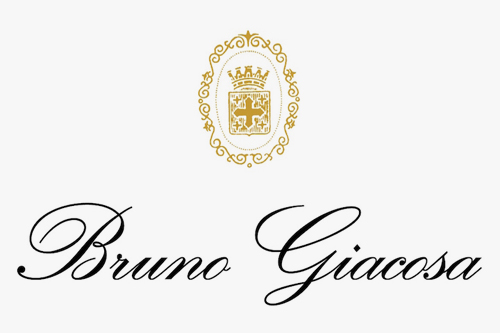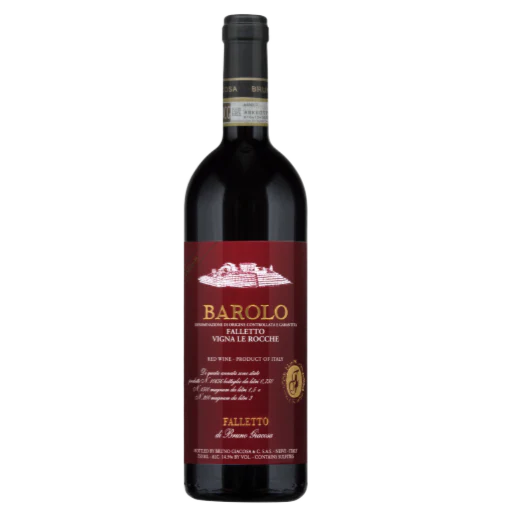
Bruno Giacosa
LA Morra - Piedmont | Bruna Giacosa
SUSTAINABLE - ORGANIC
Few names in Piedmontese winemaking hold as much weight as Bruno Giacosa. Born in Neive in 1929, he began working alongside his father as a grape broker, developing an unrivaled talent for fruit selection. In 1961, despite family opposition, he bottled his first wine under his own label, later pioneering single-vineyard bottlings, beginning with Barbaresco Vigna Santo Stefano (1964).
Unlike many peers, Giacosa preferred sourcing fruit rather than owning vineyards. Though he later acquired legendary sites like Asili (Barbaresco) and Falletto (Barolo), his ability to craft equally outstanding Barbaresco and Barolo remains unmatched.
A purist at heart, he famously refused to bottle vintages like 2006 and 2010, selling them in bulk rather than compromising quality. Today, his daughter Bruna and winemaker Dante Scaglione continue his legacy, maintaining Giacosa’s legendary status—a name inseparable from the history of Langhe’s greatest wines.
2019 BRUNO GIACOSA METODO CLASSICO EXTRA BRUT


2017 BRUNO GIACOSA BAROLO ‘FALLETTO VIGNA LE ROCCHE’ RISERVA MAGNUM 1.5L
This year’s top-end release from Bruno Giacosa is the 2017 Barolo Riserva Falletto Vigna Le Rocche (in the red label). Bottled in 2019, the wine stands apart thanks to a hot and dry growing season that Bruna Giacosa is very excited about. In fact, she prefers 2017 to 2015, although the two vintages do share similarities. This wine is very open-knit, and it reveals dark concentration in the form of ripe blackberry, candied cherry and spice. The tannins show a loose, granular quality that adds considerably to the textural impact of this Riserva.
| Vintage | Wine | Availability |
|---|---|---|
| 2022 | BRUNO GIACOSA ROERO ARNEIS CASA VINICOLA | SOLD OUT |
| 2022 | BRUNO GIACOSA DOLCETTO D’ALBA CASA VINICOLA | SOLD OUT |
| 2021 | BRUNO GIACOSA NEBBIOLO D’ALBA CASA VINICOLA | SOLD OUT |
| 2019 | BRUNO GIACOSA BAROLO ‘FALLETTO’ | SOLD OUT |
| 2019 | BRUNO GIACOSA BAROLO ‘FALLETTO VIGNA LE ROCCHE’ | SOLD OUT |
| 2017 | BRUNO GIACOSA BAROLO ‘FALLETTO VIGNA LE ROCCHE’ RISERVA | SOLD OUT |